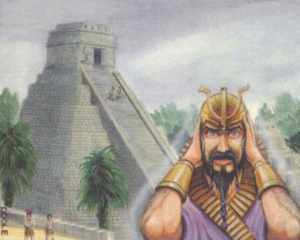ARTICLE BY ERIC TAYLOR ORIGINAL DATE 1998
“One of the difficulties in determining how much card advantage one is generating is that if you just count cards in hand, or in play, you miss out on virtual card advantage, that is plays or cards which don’t actually net you an absolute card, but which generate the exact same effect in terms of game play.”
About the article

Card Advantage was a well know concept when Eric Taylor realised it was not enough to understand how resource exchanges during a game of Magic went down.
He coined the term Virtual Card Advantage to try and understand certain interactions between cards where counting card advantage the usual way didn’t serve to tell who was ahead.
This is as real as it gets: a game concept, well know to all players to this day, in its first appearance.
Goblin Tutor Series #3
This article is here as a piece of history. It’s a comprehensive description of Virtual Card Advantage, and specially important because this would be a hotly debated topic in the following years, as we’ll see in the future of this series.
It’s a great introduction to the concept, and it couldn’t be any different, since it was in this very article it was first conceptualized.
You’ll probably have to open a tab to search card names, since the article has no hyperlinks and there’s a 99,9% chance you don’t know all the cards he quotes.
About the Author
 Eric “Danger” Taylor, or EDT, is probably the most prominent author in early days of Magic. A prolific writer at The Dojo, he was the most respected theorist of the game.
Eric “Danger” Taylor, or EDT, is probably the most prominent author in early days of Magic. A prolific writer at The Dojo, he was the most respected theorist of the game.
He’s probably a less know name to newer players than other authors featured in this site, so we’ll try our best to correct that.
Read the original article
https://web.archive.org/web/20000324221013/http:/thedojo.com/column/col.990804eta.shtml

